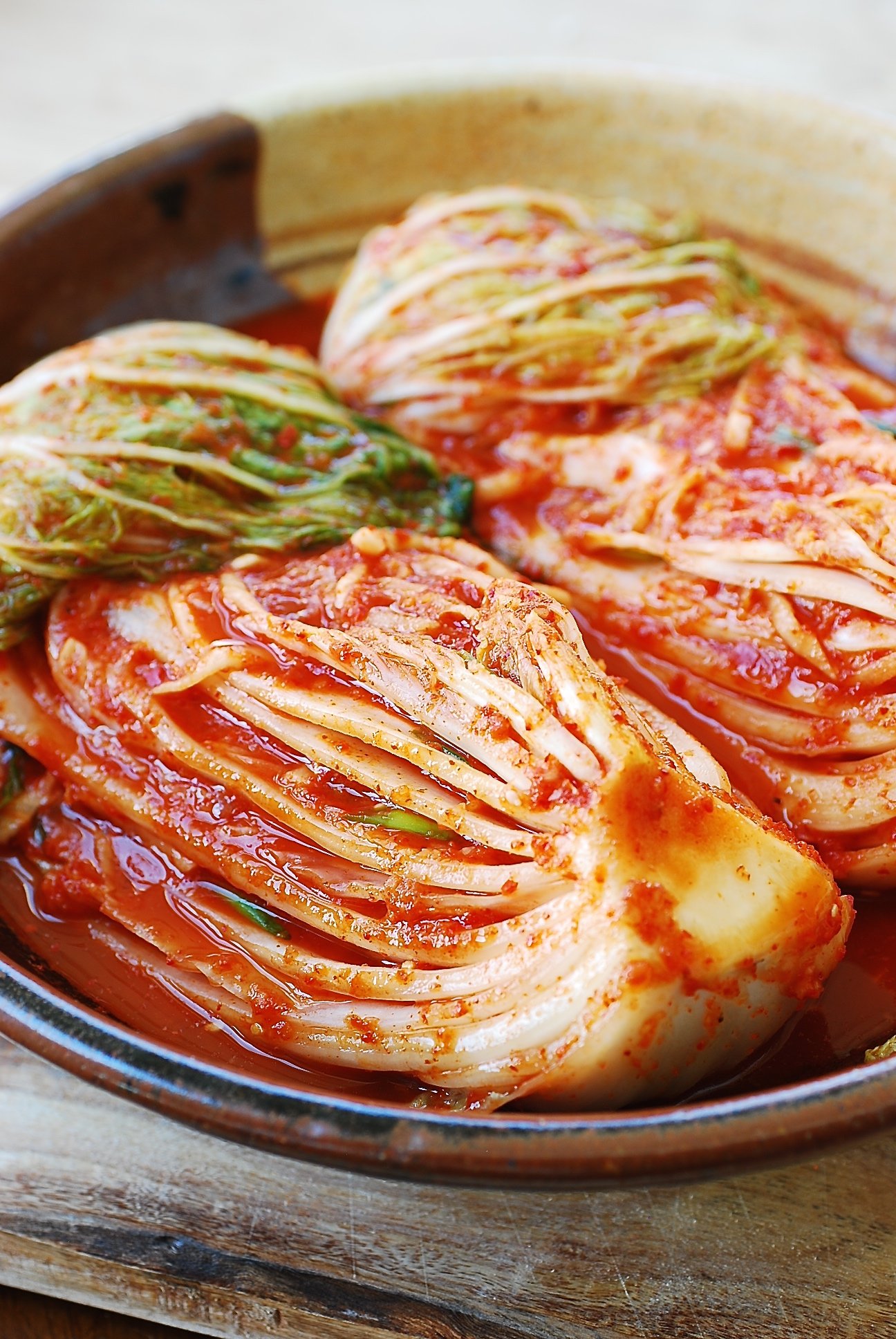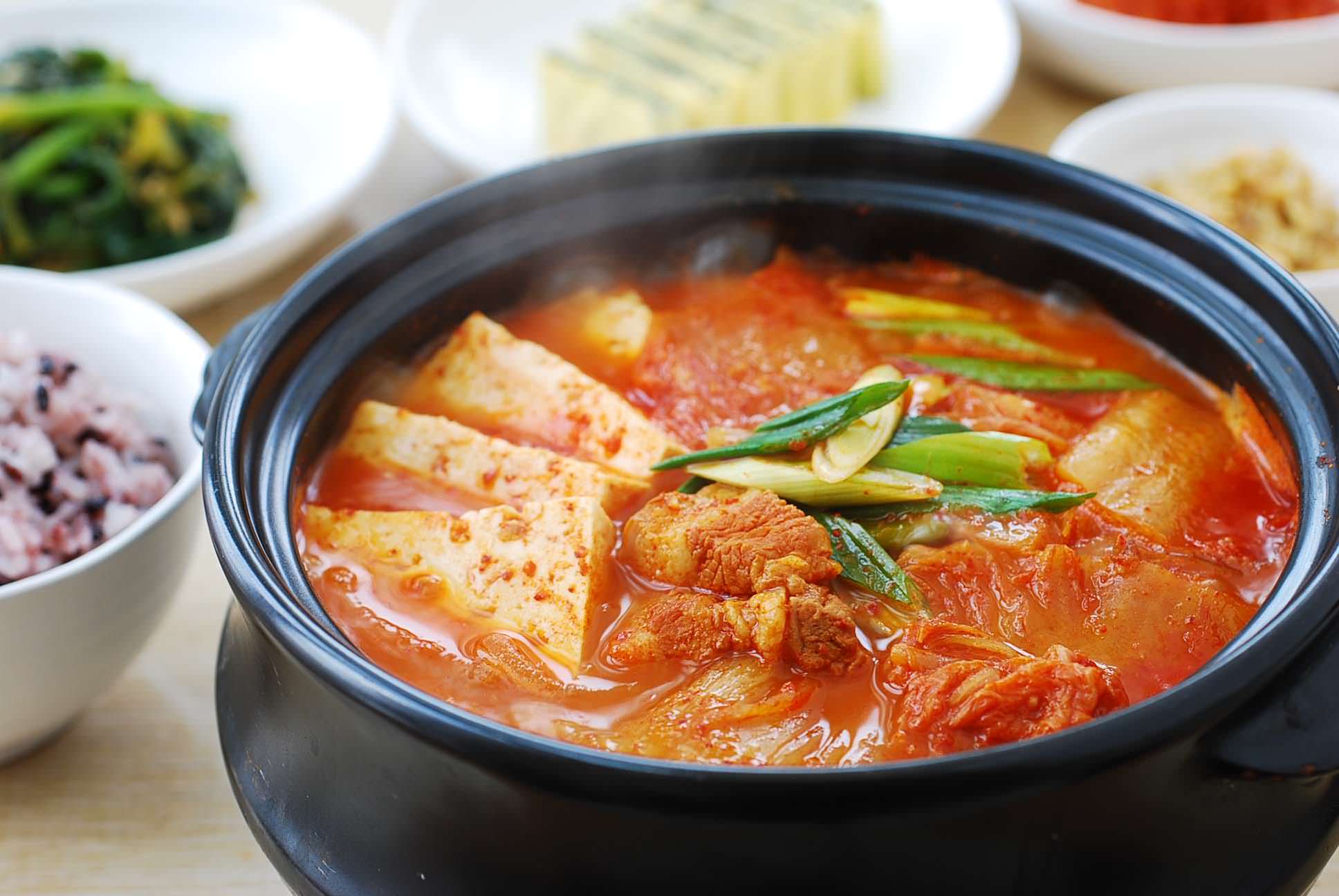How to Make Simple Korean Kimchi with Cabbage

Are you ready to embark on a culinary adventure that will transport your taste buds to the vibrant streets of Seoul? If you're a fan of fermented cabbage and spicy flavors, then you're in for a treat. Today, we're diving into the world of traditional Korean dishes to bring you a simple Korean kimchi recipe with cabbage. This isn't just any recipe; it's a journey into the heart of Korean cuisine, where every bite tells a story. So, let's get started!
What is Kimchi?
Kimchi is a staple in Korean households, a fermented cabbage dish that's as versatile as it is delicious. It's a traditional Korean dish that has been around for centuries, known for its tangy, spicy flavors and health benefits. Kimchi is more than just a side dish; it's a cultural icon that represents the rich history and traditions of Korea.
Why Make Kimchi at Home?
Making kimchi at home is not only rewarding but also allows you to control the ingredients and spice levels. Plus, it's a fun and engaging process that connects you with a rich culinary tradition. Imagine the satisfaction of serving a homemade batch of kimchi to your friends and family. It's like sharing a piece of Korea with those you love.
Kimchi Ingredients: What You'll Need
To make a simple Korean kimchi recipe with cabbage, you'll need a few key ingredients:
- Napa Cabbage: The star of the show. Choose a fresh, crisp head of cabbage.
- Salt: Essential for the fermentation process.
- Gochugaru: Korean chili flakes that give kimchi its signature heat.
- Daikon Radish: Adds a delightful crunch and slight sweetness.
- Green Onions: For a fresh, zesty flavor.
- Garlic and Ginger: The dynamic duo that adds depth and warmth.
- Fish Sauce: Optional, but it adds a savory umami flavor.
- Sugar: A small amount to balance the flavors.
Kimchi Preparation: Step-by-Step Guide
Step 1: Prepare the Cabbage
Start by cutting the Napa cabbage into quarters lengthwise. Remove the core and cut the leaves into bite-sized pieces. Place the cabbage in a large bowl and sprinkle with salt. Massage the salt into the cabbage until it starts to soften and release water. Let it sit for about 1-2 hours, tossing occasionally.
Step 2: Rinse and Drain the Cabbage
After the cabbage has softened, rinse it thoroughly under cold water to remove the salt. Drain well and squeeze out any excess water.
Step 3: Make the Kimchi Paste
In a separate bowl, combine the gochugaru, garlic, ginger, fish sauce (if using), and sugar. Mix well to form a paste. Add the daikon radish and green onions, and stir to combine.
Step 4: Combine the Cabbage and Paste
Add the drained cabbage to the bowl with the kimchi paste. Using your hands, mix everything together until the cabbage is evenly coated with the paste.
Step 5: Pack the Kimchi
Pack the kimchi tightly into a clean, airtight container. Make sure to leave some headspace at the top for the fermentation process. Seal the container and let it sit at room temperature for 1-5 days, depending on your preference for fermentation level.
Step 6: Store and Enjoy
Once the kimchi has reached your desired level of fermentation, store it in the refrigerator. It will keep for several weeks, and the flavors will continue to develop over time.
Tips for the Perfect Kimchi
- Use Fresh Ingredients: The quality of your kimchi depends on the freshness of your ingredients.
- Adjust the Spice: If you prefer a milder kimchi, reduce the amount of gochugaru.
- Fermentation Time: The longer you let the kimchi ferment, the more tangy and complex the flavors will become.
- Storage: Keep your kimchi in the refrigerator to slow down the fermentation process and extend its shelf life.
The Health Benefits of Kimchi
Kimchi is not only delicious but also packed with health benefits. The fermentation process creates probiotics that support gut health. Additionally, kimchi is rich in vitamins and minerals, making it a nutritious addition to any meal.

Conclusion
Making simple Korean kimchi with cabbage is a rewarding and delicious way to explore traditional Korean cuisine. With a few key ingredients and some patience, you can create a batch of kimchi that will impress your friends and family. So, why not give it a try? Your taste buds will thank you!
FAQs
How long does kimchi last in the refrigerator? Kimchi can last for several weeks in the refrigerator, and the flavors will continue to develop over time.
Can I make kimchi without fish sauce? Yes, you can make kimchi without fish sauce. Simply omit it from the recipe, and the kimchi will still be delicious.
What can I do if my kimchi is too spicy? If your kimchi is too spicy, you can mix it with plain cabbage or add more sugar to balance the heat.
How do I know when my kimchi is ready to eat? Kimchi is ready to eat when it has reached your desired level of fermentation. This usually takes 1-5 days at room temperature.
Can I use regular cabbage instead of Napa cabbage? While Napa cabbage is traditionally used for kimchi, you can use regular cabbage as a substitute. The texture and flavor may be slightly different, but it will still be delicious.
0 Response to "How to Make Simple Korean Kimchi with Cabbage"
Post a Comment